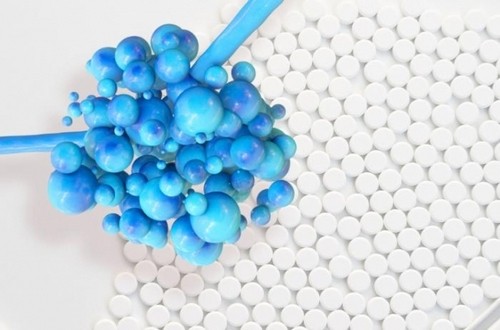Medical conditions that can trigger severe yeast infections include pregnancy, uncontrolled diabetes, and a weakened immune system.
Thrush is accompanied by inflammation, irritation, itching, and vaginal discharge. Vaginal yeast infections, also called vaginal candidiasis or vulvovaginal candidiasis (VVC), occur in 3 out of 4 women during their lifetime.
Most women experience this infection at least twice.
Symptoms of thrush
Symptoms of thrush include:
- Itching, burning, or irritation of the vagina or vulva (tissue surrounding the vagina).
- Pain or soreness in the vagina.
- Burning in the vagina during intercourse or urination.
- Thick odorless white discharge, reminiscent of cottage cheese, or watery discharge.
- Rashes.
Sometimes a more complex yeast infection occurs with serious symptoms. During the year, the infection can worsen four or more times. The disease may be accompanied by redness, swelling, and itching, leading to skin cracks or ulcers.

How to deal with thrush
Treatment for an infection depends on its severity. In the treatment of uncomplicated yeast infection, a short course of vaginal therapy is usually sufficient. One option is a single dose of the drug or the use of suppositories containing butoconazole, clotrimazole, miconazole and terconazole.
In case of complicated thrush, treatment will include prolonged vaginal therapy (7-14 days) or taking several doses of the drug. The doctor may also prescribe maintenance therapy to prevent the return of infection.
Before using antifungal medications, it is important to make sure that the symptoms are associated with a fungal infection. Overuse of antifungal drugs can increase the likelihood of developing yeast resistance, which reduces the effectiveness of some drugs.
The use of vaginal suppositories with boric acid, as well as oral or vaginal use of yogurt, is considered to be an effective alternative method of fighting thrush. These alternative treatments are currently not supported by scientific research, but may alleviate the symptoms of thrush.
Causes of thrush

Most often, the cause of the disease is yeast of the genus Candida albicans, but other types of fungus can also cause infection. These bacteria and yeast are always present in the woman’s vagina, but a violation of the delicate balance in the microflora can lead to the development of infection. Typically, Lactobacillus bacteria create an environment that prevents the growth of yeast, but if yeast becomes dominant, symptoms of a yeast infection may appear.
Fungal infections of the vagina are not sexually transmitted infections (STIs), but they can spread by oral-genital contact or during intercourse.
Factors that increase the risk of thrush
- Use of antibiotics or corticosteroids.
- Pregnancy.
- The use of hormonal contraceptives or contraceptives.
- Uncontrolled diabetes.
- Weakened immunity.
Factors such as douching, poor nutrition and lack of sleep can also cause changes in the normal microflora of the vagina.
Diagnosis of thrush
When diagnosing a vaginal yeast infection, the doctor may ask questions about sex life and a history of STIs (sexually transmitted infections) or previous yeast infections. He will also examine the vulva, vagina and cervix for signs of infection. In addition, a sample of vaginal discharge can be taken and sent to the laboratory.
Laboratory tests are usually prescribed if the infection does not go away or often recurs. Examining a vaginal smear under a microscope will help you choose the most effective treatment.
Thrush prophylaxis
There is no guaranteed way to prevent Candida infection, but you can still reduce the risk of developing it.
As a prophylaxis, women are recommended:
- Avoid douching.
- Do not use female deodorants or tampons.
- Wear underwear made of cotton or other natural fibers.
- Wear loose pants or skirts.
- Wash laundry at high temperatures.
- Avoid tight underwear and pantyhose.
- Eat a healthy diet.
- Quickly change wet clothes, such as a swimsuit.
- Avoid hot baths and showers.
If a woman has more than three yeast infections every year, the doctor may prescribe oral or intravaginal probiotics. If you find yourself with symptoms of thrush, consult a doctor as soon as possible for diagnosis and treatment.



